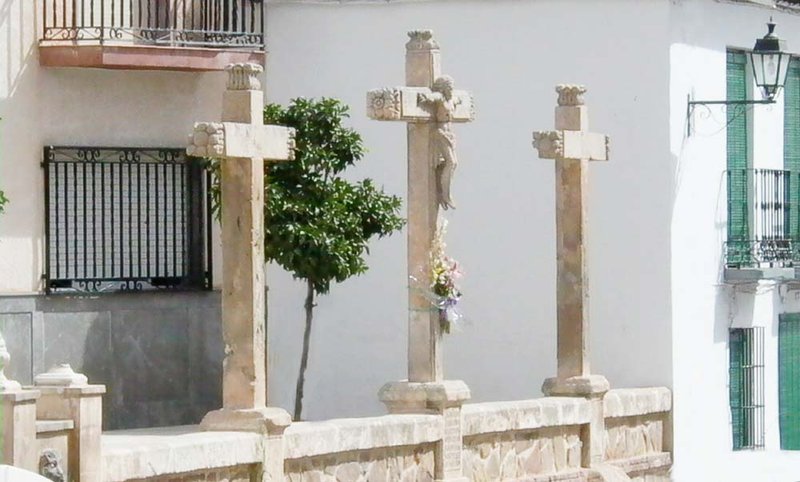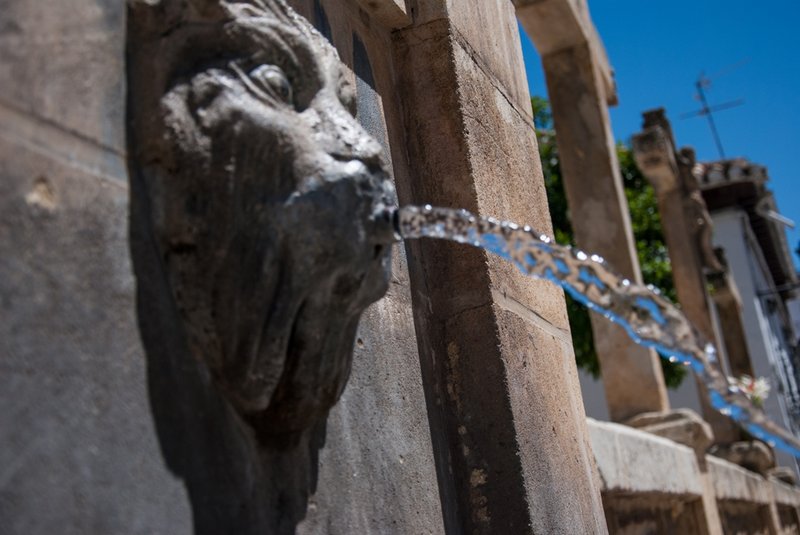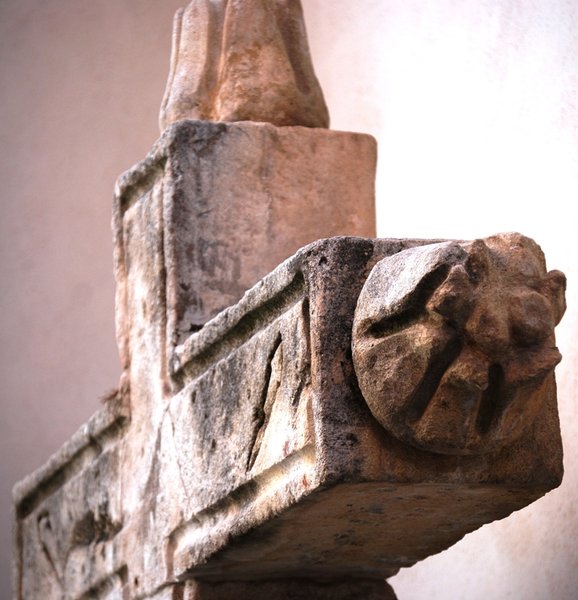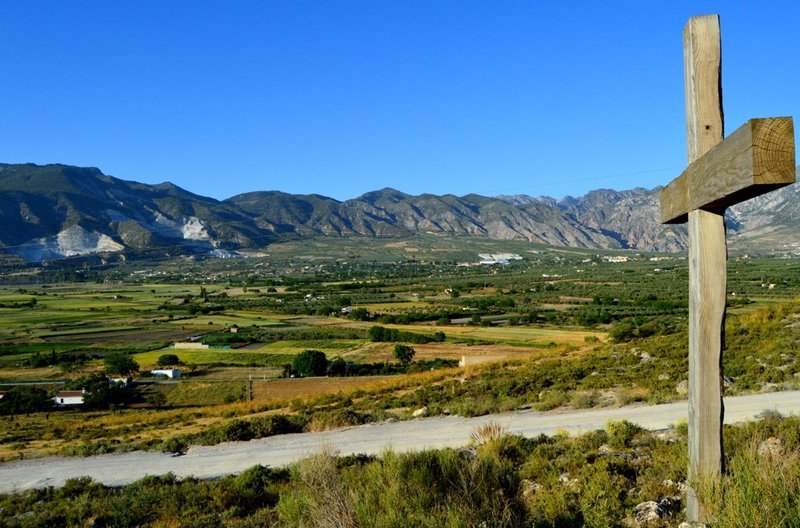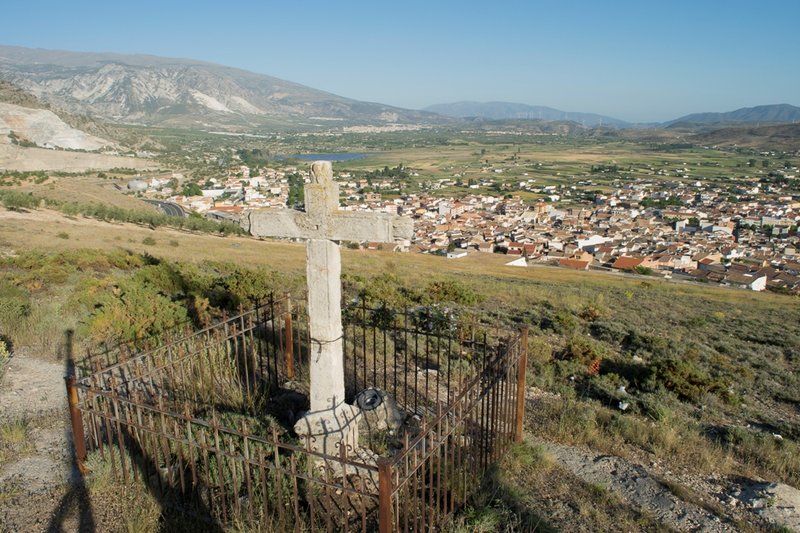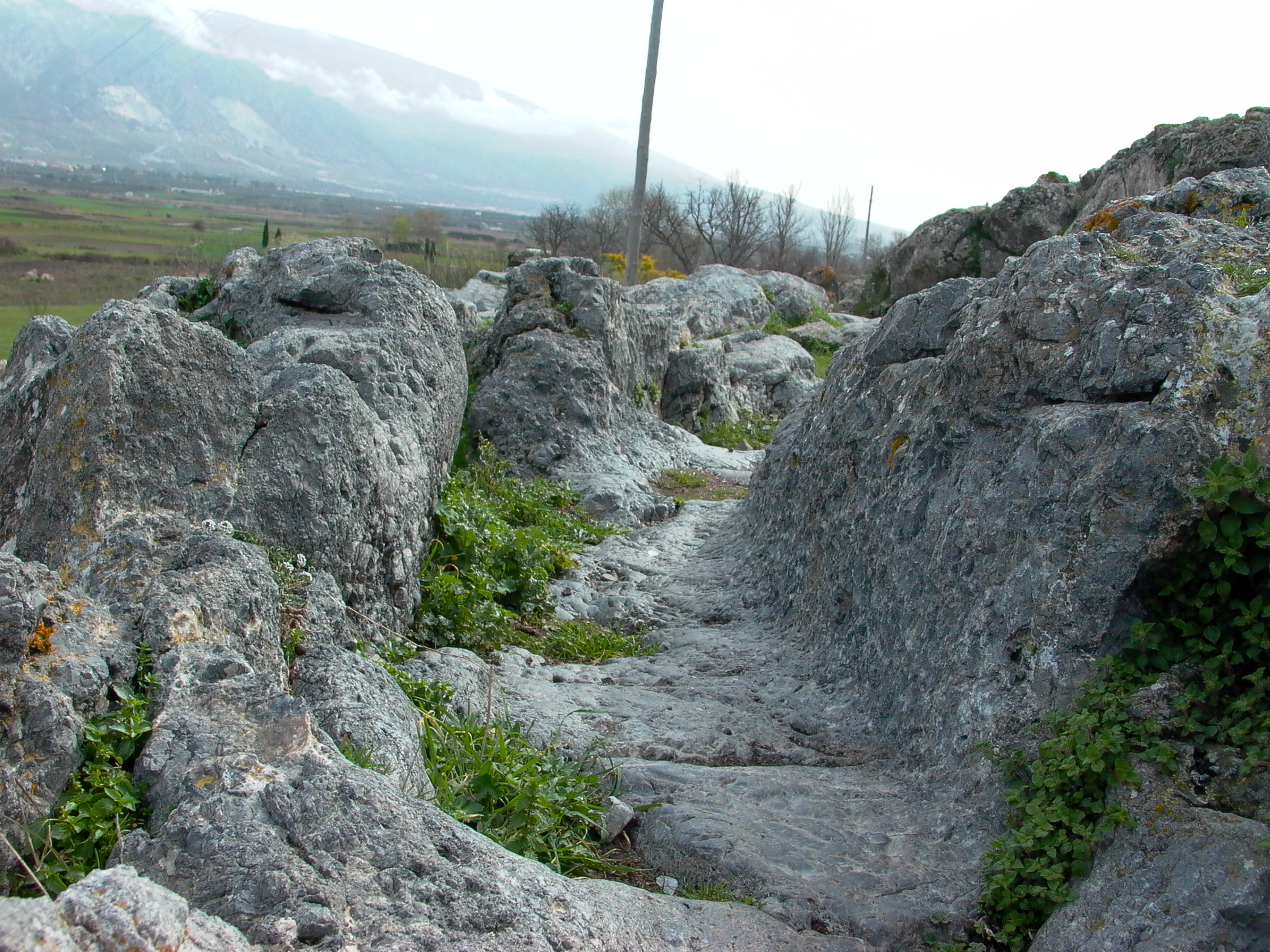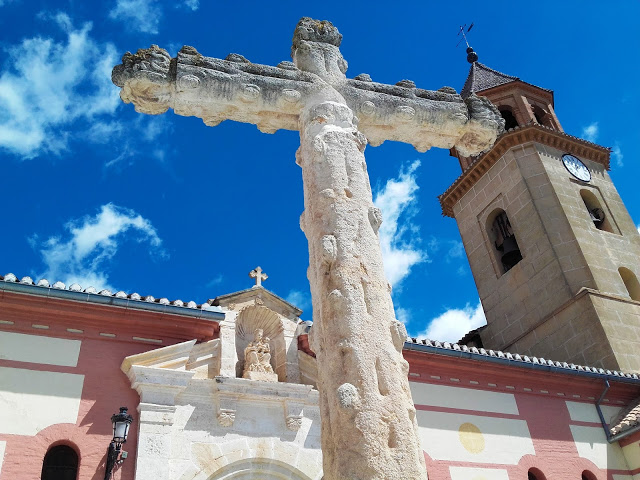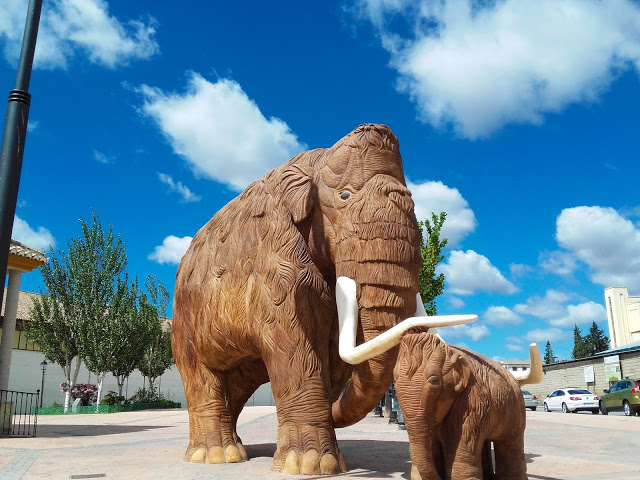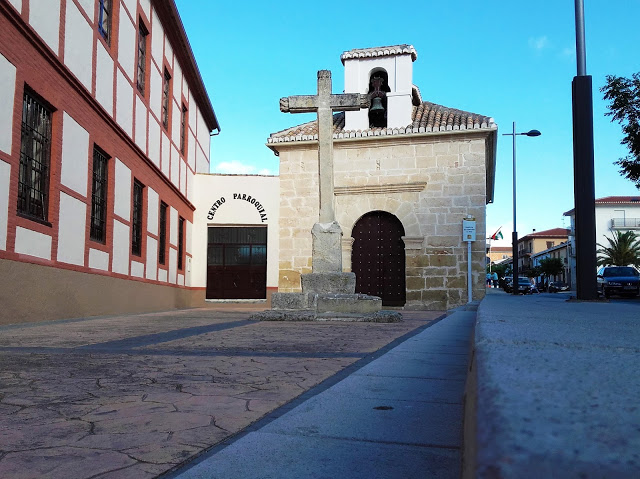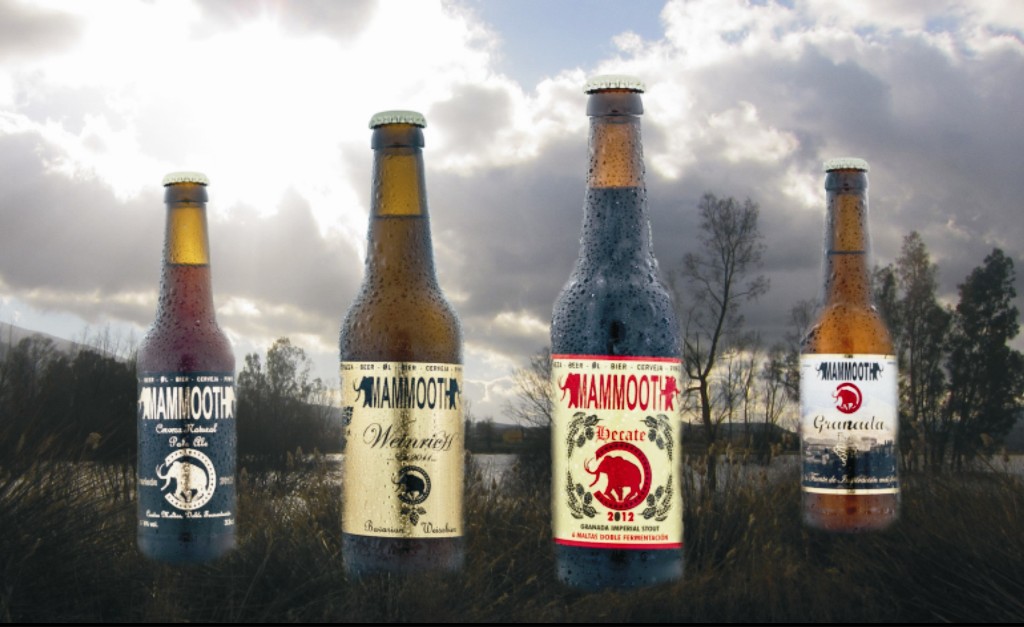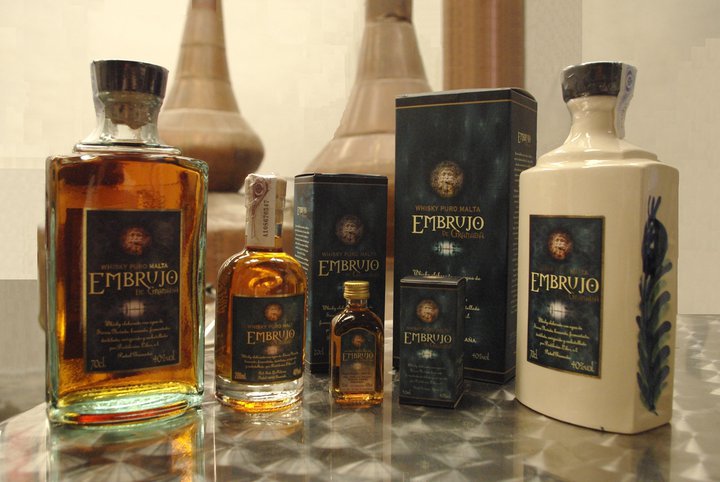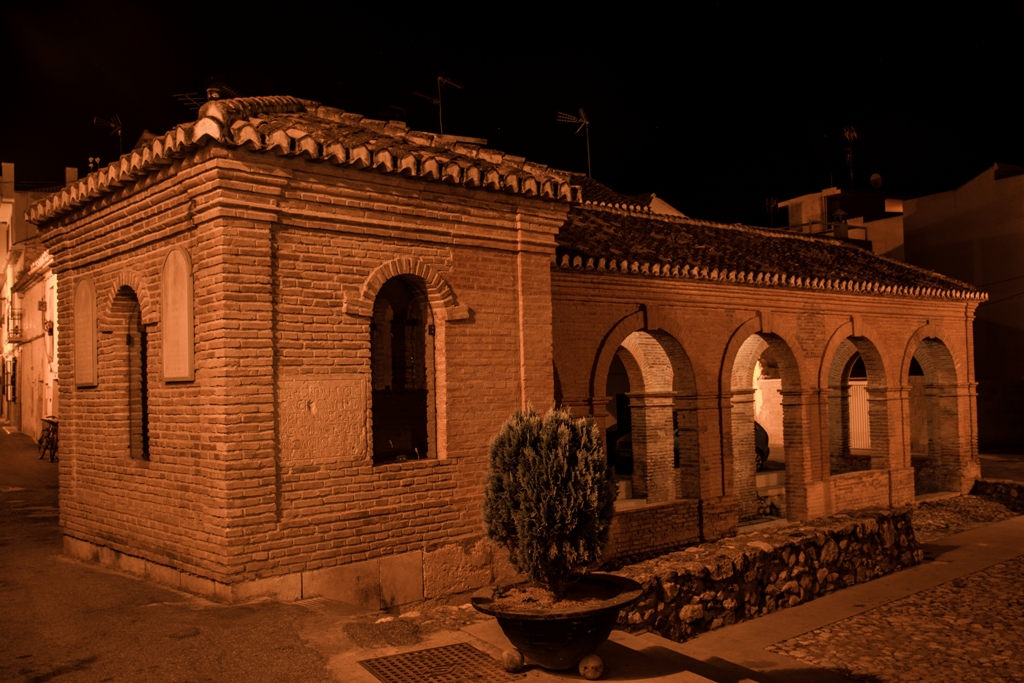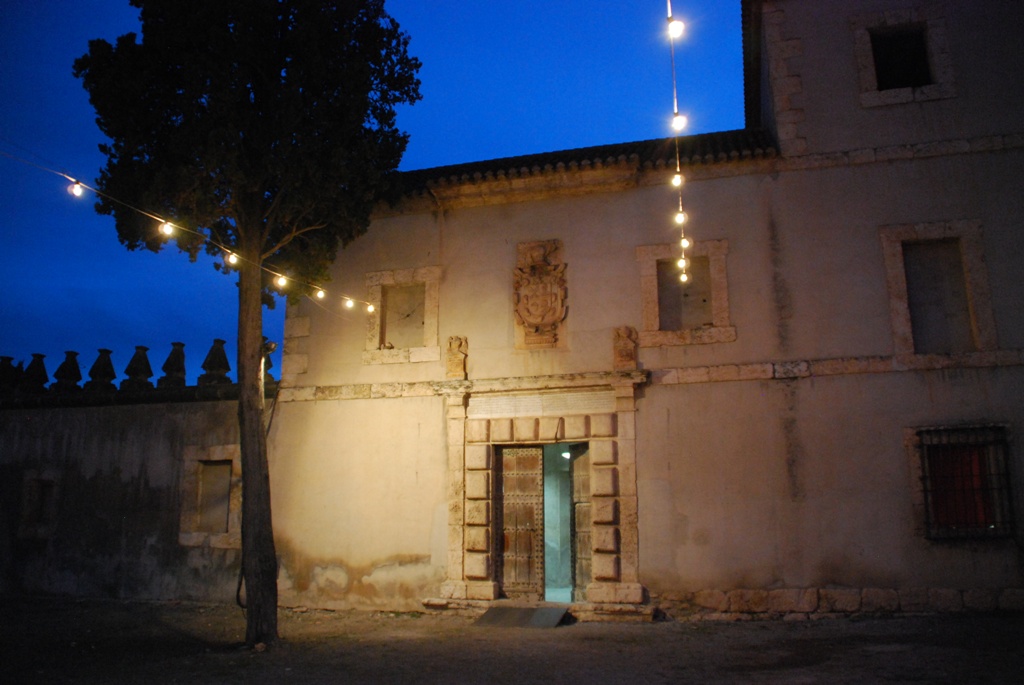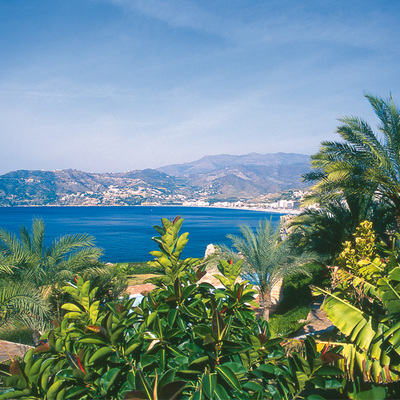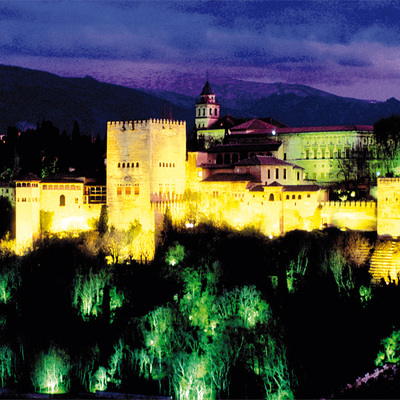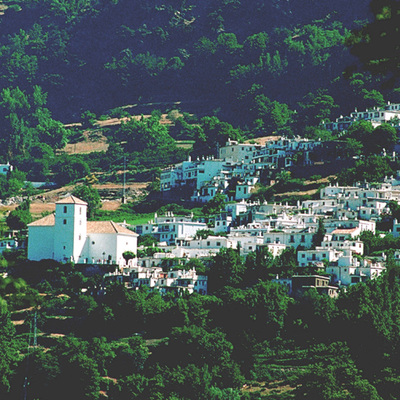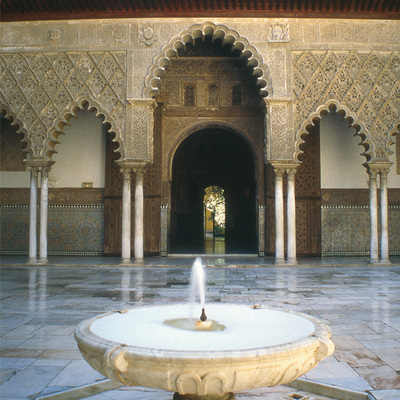Tres Cruces
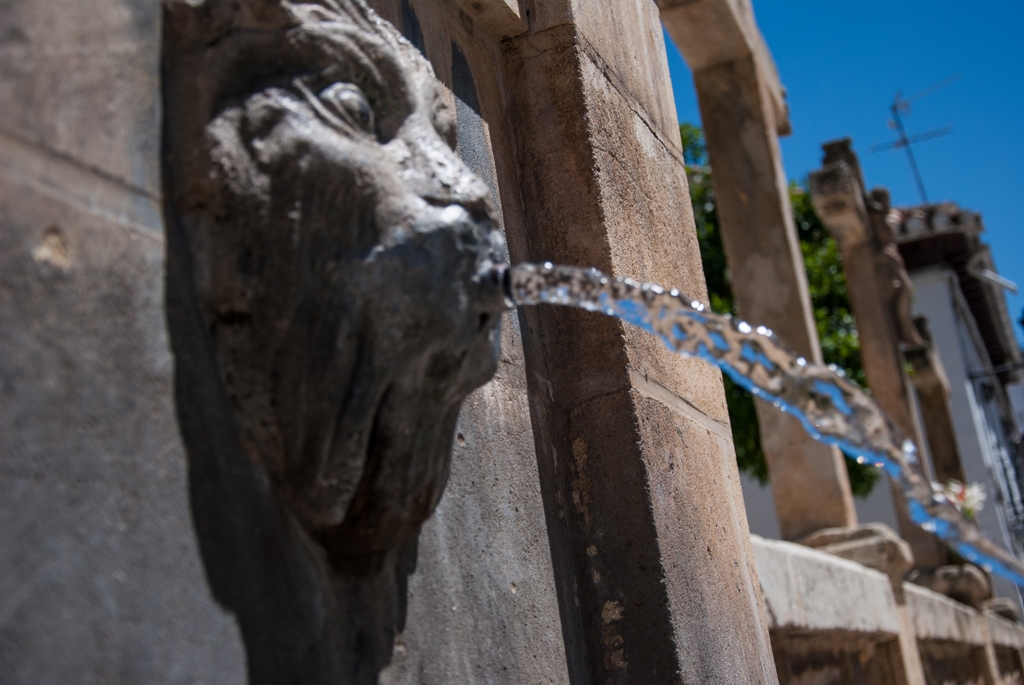
On the outskirts of the town of Padul, the following inscription has stood for over 300 years in a place that used to be isolated “This Calvary was completed to the honour and glory of our Lord and his Blessed Mother, in the year of 1700". Located under the Central Cross of Body of the Lord, at its base, on the Tres Cruces.
This Calvary used to be located on the old road running between the districts of Padul and Dúrcal. It probably started out as a "wayside cross", a place at the entrance to villages where travellers bowed or made the sign of the cross before this religious symbol as a wish for good fortune.
Over time, urban growth has left this place right inside the town.
Subsequent renewals added a fresh water fountain, the so-called Fuente del León, and a drinking trough for beasts of burden returning to the town after a hard day's work in the fields.
But Padul is a town with an abundance of crosses, with as many as 17 distributed throughout the district. These crosses are the symbol which confirms the religious faith of the inhabitants. Some of the most representative crosses in the district are: the Crosses at the doors of the Church and the Cruz de la Ermita, the Cruz de la Misión and the Cruz de L’Atalaya(located on Cerro de Manar), the Cruz de Santa Elena, the Cruz de la Encrucijada - situated on the Calle del Cura-, the Cruz de las Molinas - in the Paseo de la Estación and the Cruz del Asomadillo, which was said to be the dividing line between the districts of Cozvíjar, Cónchar and Padul.
Access free of charge.

